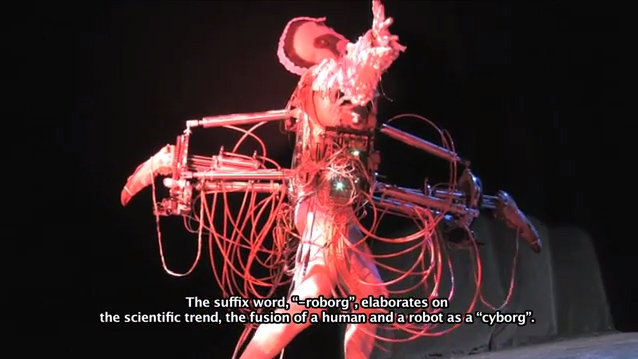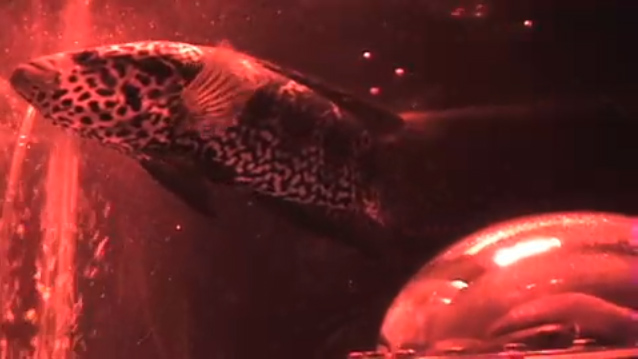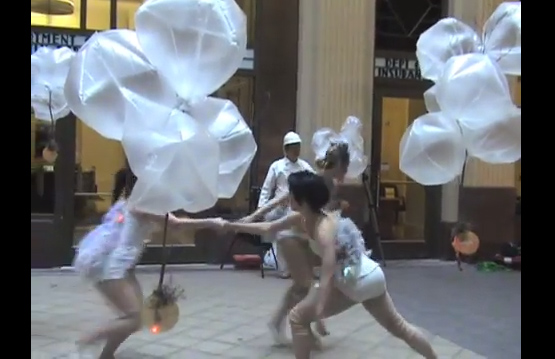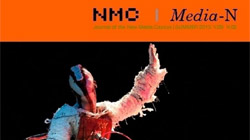Doo-Sung Yoo
Telepresent Animal Hall of Fame, Curator, New Media Artist
The statement of the project curator
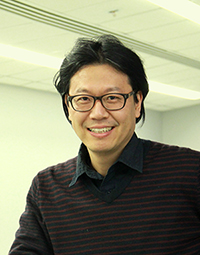
I am honored to participate as the curator in Amy M. Youngs’ imposing bio-telepresence video/installation, The Museum for Insects, at the Peabody Essex Museum (PEM) and to work with many prominent artists and emerging artists in the second term exhibition, Telepresent Animal Hall of Fame. The 21 artists of the Telepresent Animal Hall of Fame are from 9 different countries and showcase 27 works in both the physical and online exhibitions. I truly appreciate all of the artists’ cooperation for this miniature international art festival with live house crickets.
Since new media artist Amy Youngs’ emergence in the bio-art field in the middle of the 1990s, she has been exploring the notions of ‘hospitality for animals/insects’ and ‘a human and non-human relations’ in artistic and technological methodologies in such ways that she constructs artificial landscapes or humanlike environments in a pet-relationship sense and probes the possibilities of interspecies communications between humans and animals/insects. The Museum for Insects project is an upgraded version of an art platform with web/mobile-based telecommunication technology for her art concept, ‘technologically-enhancing’ the entertaining environments and communicating relationships for the live house crickets and human viewers.This newer bio-telepresence artwork is developed from her cricket art series, Encounters of a Domestic Nature (2013), Holodeck (2005 – 2007), and Cricket Call (1998).
The Telepresent Animal Hall of Fame showcases remarkable work that focuses on animals/insects in contemporary art, and to promote aesthetic engagements with ‘reinterpretations’ of non-human animals/insects as counterparts in our human scientific society. Live and dead animals have been symbolically contextualized and objectified in a long history of artistic discourses. Nowadays, technology enables artists to step on the emergent complexities in the art and science nexus for utilizing living creatures as art objects (media) in scientific laboratory experiments. This new aspect of synthesizing biological and technological practices arouses many questions what contemporary bio-artists would contribute towards cultural dialogues of new human-animal relations or stances against the overwhelming anthropocentrism alongside technology.
Could we support technological improvements, such as extending sustainable and comfortable lives for these creatures (who are alternatively becoming ‘unnatural /artificial’)? How do contemporary artists exploit the trend of technological augmentations of living creatures in artistic avenues? On the other side, how can artists embrace animals to prevent the environmental catastrophe towards organisms ‘natural’ being (and habitats)? What do new media artists have to say about redesigning organisms or ‘animality’ in ways of anthropomorphizing and domesticating animal characteristics? This Telepresent Animal Hall of Fame explores those questions. The exhibition hosts the brilliant works from twelve world-class artists, whose practices study ‘media-animals/insects’, which envisions, articulates, and suggests new approaches for creating new metaphors and interrelations between human and animal/insect.
The legendary German artist Joseph Beuys’ performance with a wild coyote, “I Like America and America Likes Me” has symbolized ‘wildness/domestication’ and created powerful metaphors of ‘co-creators’ and ‘psychological’ interactions and communications across different species in art. Beuys’ aesthetic and conceptual advancement was a milestone in the creating the notion of ‘telepresent animals’, which refers to communication between humans and animals within artistic contexts.
A well-known French art group Art Orienté Objet articulated ethological and psychological postures and behaviors by mimicking the gestures of a cat and visualizing a human-cat hybrid (donning cat-silhouette-prosthetic devices) in “Felinanthropy”, which also illustrated changing ‘human perspective’ into ‘animality’. American new media artist Garnet Hertz has practiced a possibility of ‘animality-extension’ via cooperation with a robot as a cyborg-animal in ‘Cockroach Controlled Mobile Robot’ series. Similiarly, Columbian-Australian artist Maria Fernanda Cardoso’s bio-performances, involving live fleas in “Flea circus” series, perfectly realizes the aesthetic approach for art created in collaborations of human and insect.
English artist Kira O’Reilly also has probed ‘interrelations’ between a human and a hog in “Falling Asleep with a Pig” and evoked the notion of interspecies and metamorphic body forms in provocative performances with a dead pig (the genetically closest non-human organism to the human body) in “Inthewrongplaceness”. Russian curator and artist Dmitry Bulatov’s beautiful fluorescent tadpoles in “Senses Alert” and Portuguese artist Marta de Menezes’ fascinating butterflies’ wings’ patterns in “Nature?” are deeply significant in part for modifying surroundings in transgenic/physical re-creations in contemporary art. Those artistic concepts and ideas have been central to the development of the augmentation and modification of animal/insect.
However, American artists, Brandon Ballengee and Alexis Rockman problematized the destruction of creatures and transitional forms from the evolutionary decay caused by technology. Ballengee’s impactful visualizations of amphibian abnormalities/malformation in “Malamp: Reliquaries” not merely spark up accusations of environmental issues, but visualize ecological destruction posed by decaying organisms and also moral thinking about technological deformity caused by human abuse of technology. Rockman’s “The Farm” and “Pet Store” cynically depicted genetically modified domestic animals and crops, which are bizarre and appalling, but which evoke a bitter smile towards the practice of biomedical and genetic engineering.
American artist Kathy High has demonstrated ‘hospitality to non-human animals’ with transgenic lab rats in “Embracing Animal”. Her articulations of ‘companionship’ with the objectified animal arouse dialogue about anthropocentrism in science and contemporary bio-art. Like High’s hosting rats (traditionally regarded as pests), Finnish artist Laura Beloff’s “The Fruit Fly Farm” also practiced re-contextualizing pest insects (flies) in a pet-relationship sense using the wearable device, which encouraged web/mobile-based participation with a social presence. Italian industrial designer Elio Caccavale has designed devices for genetically modified pigs, such as a low-resolution TV and smoke eater, “Utility Pets”. His ideal designs would provide an enjoyable existence for the medically re-purposed lab animals.
The Telepresent Animal Hall of Fame highlights these artists’ contributions to contemporary bio-art, which explores aesthetic reinterpretations of the non-human animals and human-animal relations. Amy Youngs’ concept for ‘telepresent animals’ in The Museum for Insects parallels those remarkable practices, in which contemporary artists productively materialize the notion of ‘media-animals’ and bridge new aspects of ‘interrelations’, ‘interspecies communications’, and ‘interactions’ between humans and animals.
Additionally, younger emerging artists’ miniature sculptures, video art, and sound art have been carefully selected throughout my curatorial criteria: artistic points for involving the crickets in the art; attempts to communicate with the crickets; contributions or functional attraction options, such as food, housing, and hiding places; and visual/audio presentation with crickets based in cinematic theory, such as the Mise-en-scen, for the frame of the live video web camera in the miniature museum. These young artists’ insect-friendly ideas celebrate the trailblazing efforts of invited pathfinders’ artworks, which discovered the new territories in the boundaries between art, biology, and technology.
Exhibiting all of those professional and emerging artists would not only enhance the concept of Amy Youngs' The Museum for Insects, but also provide educational outreach to art communities and academics, and promote public awareness about understandings of other species and outlining new metaphors of ‘animals/insects’. I sincerely hope that all of the contributors, physical audiences, and online visitors (and crickets as well) enjoy this wonderful exhibition. Moreover, Amy Youngs' art platform would impart new awareness of interspecies relations and motivate people to develop our ecofriendly art communities alongside animals/insects.
The Telepresent Animal Hall of Fame proceeds toward the notion that animals and insects are our good neighbors and life companions within the realm of nature and in human society.
Again, a heartfelt thank you goes to all of the participants who worked on this Telepresent Animal Hall of Fame exhibition.
Doo-Sung Yoo
Curator and New Media Artist
Website www.doosungyoo.com
Youtube channel
http://www.youtube.com/user/yoodoos?feature=watch

